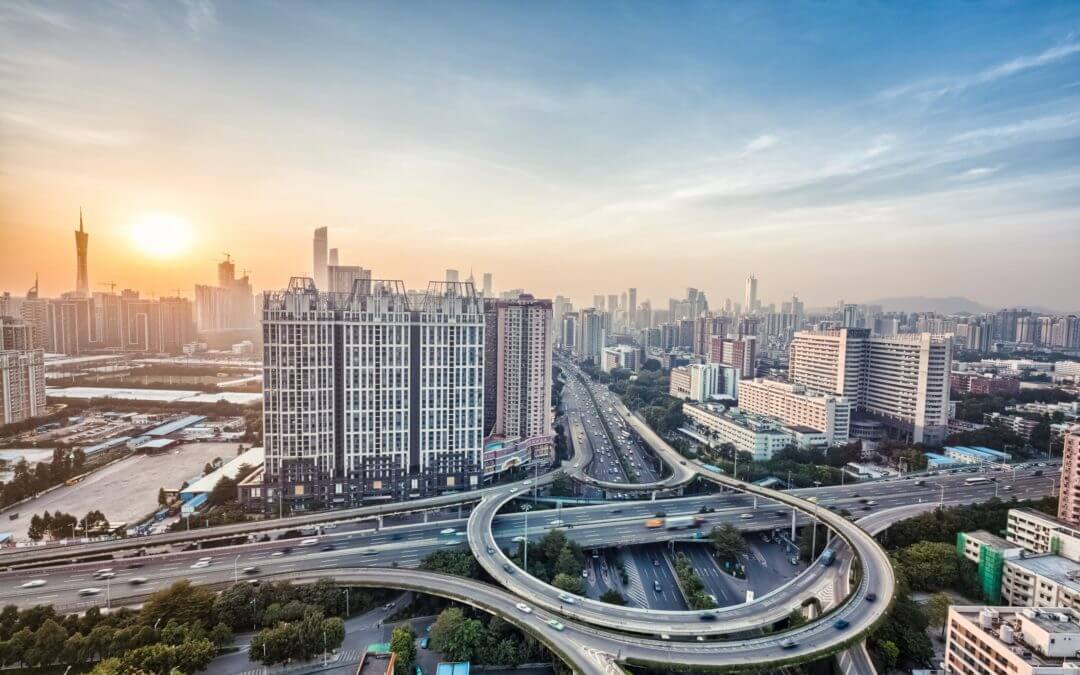Every day we rely on key infrastructure like pipelines, buried cables and signal towers to get work done, travel from one spot to another and to communicate with others.
We have all pulled up to a broken traffic light or lost mobile signal in the middle of a call, so we know how frustrating it can be when basic systems fail.
Governments and private organisations invest millions of dollars and many hours of manpower to ensure that our infrastructure works reliably, but systems aren’t perfect.
That’s why governments and private organisations are tapping into the power of drones for repairing, maintaining, and monitoring our most crucial pieces of infrastructure.
Here you’ll learn about some of the incredible ways that drones are used in infrastructure-related projects.
1 – Pipeline monitoring
Pipelines spanning hundreds of kilometers deliver oil to cities, towns and nations. Without oil, our world essentially comes to a standstill, so it’s critical for our pipelines to be in good shape.
Maintaining pipelines is especially challenging since many of them run through rugged, isolated areas that are exposed to the elements. Using an unmanned air vehicle (UAV), remote operators can gather key information about the integrity and condition of the pipeline at every twist and turn.
Drones are also a most cost-effective and environmentally-friendly alternative to traditional pipeline monitoring techniques.
Real-Life Application: An organisation called TSC recently used drones to fly more than 290km along a pipeline to create a map of potential leaks. The drone captured more than 50,000 photos and ample data, which was compiled to create reports on the state of the pipeline.
2 – Oil rig inspections
Oil rigs are a stunning example of human ingenuity, but they can be quite hard to maintain and monitor.
Offshore oil rigs in particular are tricky to access and challenging to service. As usual, drones are making life a little bit easier for the people tasked with keeping oil rigs safe.
In the past, workers would have to use creative methods of access sky lifts, cherry pickers and scaffolding to reach the most elusive parts of oil rigs. Now drones can quickly fly over and around rigs while scanning for any defects, inconsistencies or weak points. Aerial inspections aren’t limited to offshore rigs, either – they can be done indoors as well.
Real-Life Application: A British drone operator recently landed a three-year contract to inspect oil rigs belonging to one of the world’s largest oil companies.
3 – Flood-defence planning
Floods can decimate communities in mere minutes. Thankfully advanced weather technology can warn us about the possibility of floods, but we still have to do our part to get prepared.
A handful of government transportation departments are using drones to monitor potential blockage points for flood defence. Through pictures, video and data these departments are able to make informed decisions about preparing for floods.
Real-Life Application: Drone operator Terra Drone Europe conducted a successful 5-day survey on the port walls and sea defence barriers at Doraleh Port in Djibouti.
4 – Wind turbine inspections
Wind turbines contend with damage from the weather, birds and other natural hazards. Instead of sending humans up to survey turbines drones are being deployed for this task.
Drones can return highly detailed visual and thermal images of rotor blades, motors and other key pieces of equipment found on a wind turbine. Additionally they can spot weak points or severe damage before a serious issue occurs. They’re a cost-effective and safe tool for the job.
Real-Life Application: SkySpecs has developed a drone that can conduct full inspections of wind turbines in 15 minutes or less.
The infrastructure challenges listed above are just a fraction of what drones can handle. If you need direction with developing an effective drone program to address an infrastructure or engineering problem, get in touch with Mirragin today at admin@mirragin.com.au
Or to find out more about drones and their future in business, subscribe to our podcast.

